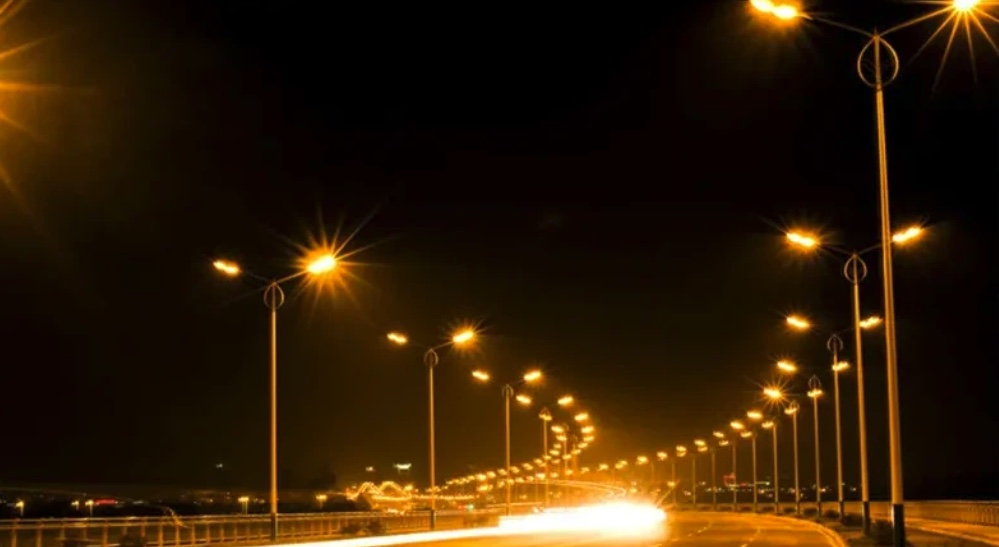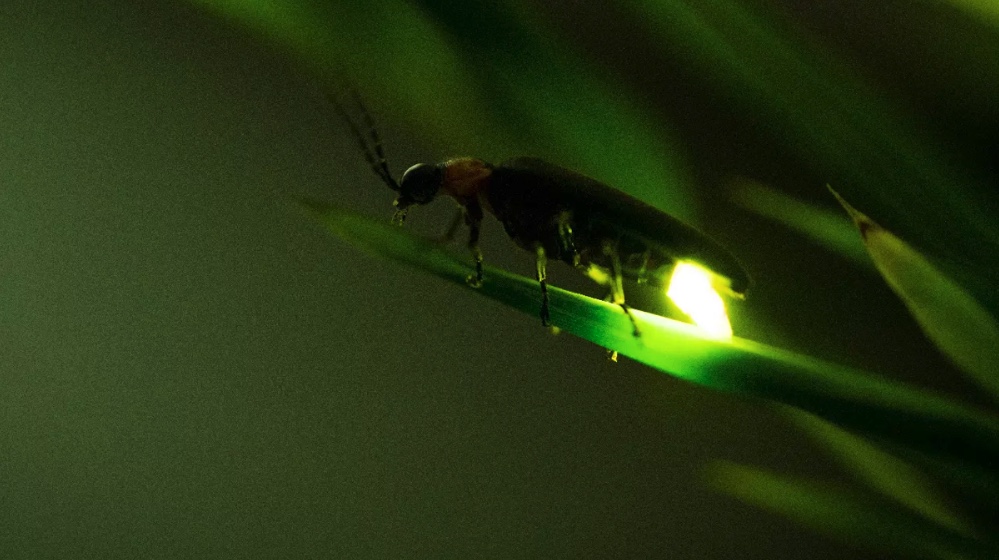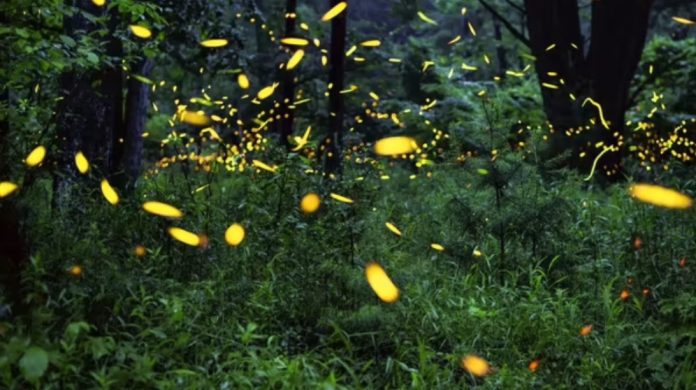ในคืนเดือนมืดที่เคยมีแสงระยิบระยับของหิ่งห้อยเต้นรำอยู่เหนือผืนหญ้า วันนี้ใกล้จะมองไม่เห็นพวกมันแล้ว นักวิทยาศาสตร์เตือนว่า เราอาจเป็น “รุ่นสุดท้าย” ที่จะได้เห็นหิ่งห้อยเรืองแสงในธรรมชาติ หากมนุษย์ยังคงเพิกเฉยต่อภัยเงียบที่ค่อย ๆ คืบคลานเข้ามา
หิ่งห้อยไม่ได้เป็นเพียงภาพสวยงามในความทรงจำ แต่คือดัชนีชี้วัดความสมดุลของระบบนิเวศ พวกมันต้องอาศัยพื้นที่ชื้นอุดม เช่น ป่าชื้น พื้นที่ชุ่มน้ำ หรือแม้แต่ใต้ใบไม้เปียก ๆ ในสวนหลังบ้าน เพื่อดำรงชีวิตและวางไข่ แต่พื้นที่เหล่านี้กำลังถูกทำลายจากการขยายตัวของเมือง การเกษตรเชิงพาณิชย์ และการตัดไม้ทำลายป่า ส่งผลให้แหล่งอาศัยที่เคยอุดมสมบูรณ์ถูกแบ่งแยกหรือหายไปโดยสิ้นเชิง ทำให้หิ่งห้อยไม่สามารถดำรงชีวิตและสืบพันธุ์ได้ตามปกติ

หนึ่งในภัยเงียบที่รุนแรงกว่าที่หลายคนคาดคิดคือ “มลพิษทางแสง” ซึ่งเกิดจากแสงประดิษฐ์ในเวลากลางคืน เช่น ไฟถนนและป้ายโฆษณา แสงเหล่านี้รบกวนสัญญาณเรืองแสงที่หิ่งห้อยใช้ในการจับคู่ผสมพันธุ์ ทำให้พวกมันสื่อสารผิดพลาดและไม่สามารถสืบพันธุ์ได้ตามธรรมชาติ ประชากรหิ่งห้อยจึงลดลงอย่างต่อเนื่อง นอกจากนี้ การใช้สารเคมีทางการเกษตรและการเปลี่ยนแปลงของภูมิอากาศโลกยังส่งผลต่ออุณหภูมิ ความชื้น และฤดูกาล ซึ่งอาจทำให้หิ่งห้อยเกิดวงจรชีวิตที่ไม่สอดคล้องกับช่วงเวลาสืบพันธุ์ และเจออุปสรรคในการดำรงเผ่าพันธุ์มากขึ้น

ความพยายามในการฟื้นฟูแหล่งอาศัย ลดมลพิษทางแสง ใช้สารเคมีอย่างรับผิดชอบ และสร้างความตระหนักรู้ในชุมชนจึงเป็นทางรอดเดียวที่เหลืออยู่ เพื่อให้อนาคตยังมีแสงระยิบระยับของหิ่งห้อยให้คนรุ่นต่อไปได้เห็น และให้ธรรมชาติยังคงมีลมหายใจต่อไปได้อย่างงดงาม
On moonless nights once lit by the shimmering dance of fireflies above the grass, their glow is now fading fast. Scientists warn that we may be the last generation to witness the natural brilliance of fireflies if humanity continues to ignore the silent threats encroaching upon them.
Fireflies are more than just a beautiful childhood memory — they are ecological indicators of a healthy environment. These insects depend on rich, moist habitats such as wetlands, damp forests, and even the leaf-littered soil of backyard gardens to survive and reproduce. But these vital ecosystems are being destroyed or fragmented by rapid urban expansion, commercial agriculture, and deforestation, leaving fireflies without the environments they need to thrive.
One of the most underestimated yet devastating threats to fireflies is light pollution. Artificial lights from streetlamps and billboards disrupt the natural bioluminescent signals fireflies use to attract mates. When these signals are drowned out by artificial light, fireflies fail to reproduce, causing populations to decline. On top of that, pesticide use and climate change are compounding the crisis. Chemicals not only poison fireflies directly but also eliminate the prey their larvae depend on. Meanwhile, global warming alters temperature, humidity, and seasonal timing — disrupting life cycles and mating patterns.
The only hope for fireflies now lies in restoring natural habitats, reducing light pollution, using chemicals responsibly, and raising public awareness. These efforts are essential if we want future generations to witness the magical flicker of fireflies — and to ensure that nature continues to breathe, beautifully and undisturbed.
#TheFireflies #ClimateChangeImpact #FireflyExtinction #updatenews #TheThailanders
ที่มา : timesofindia.indiatimes.com

















